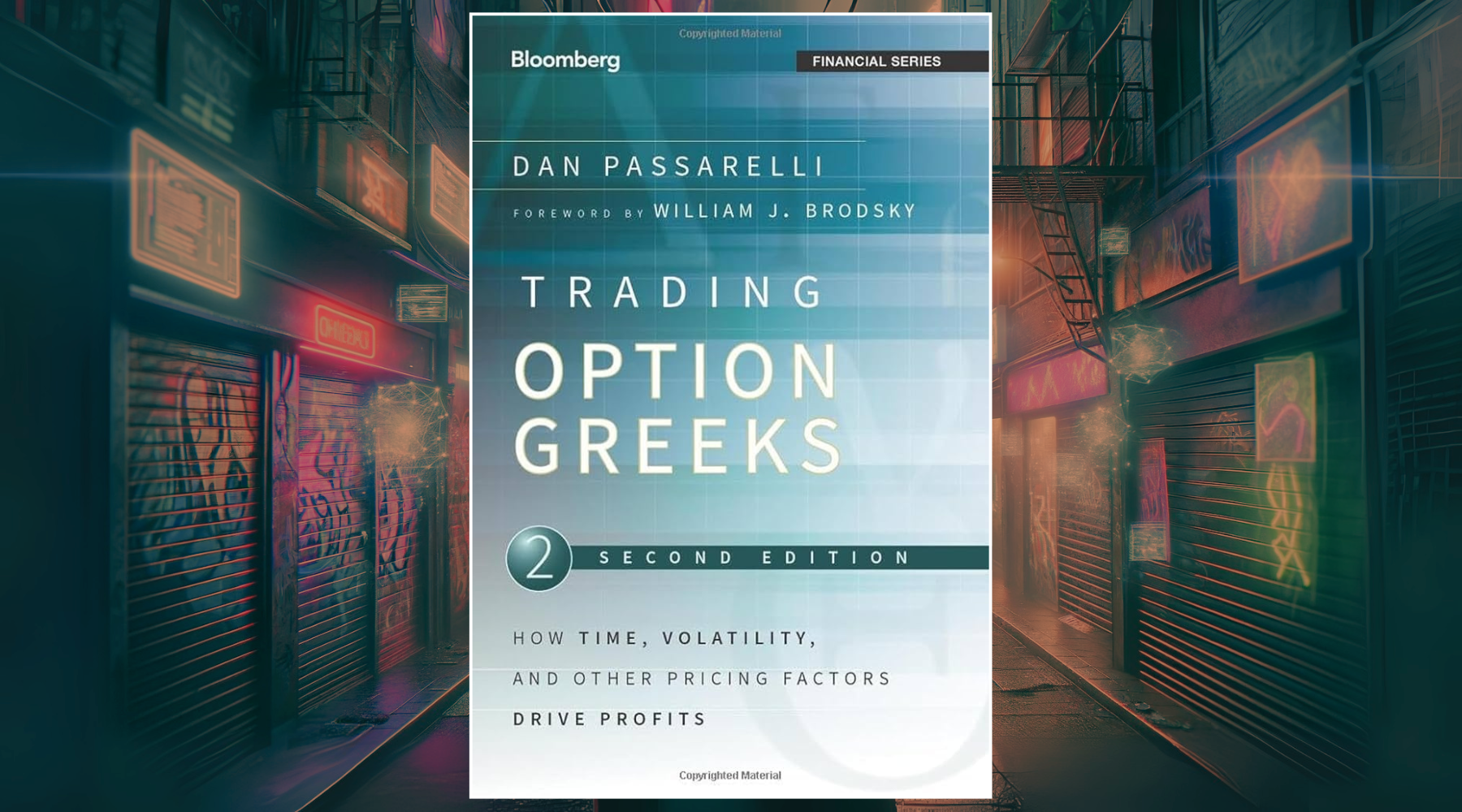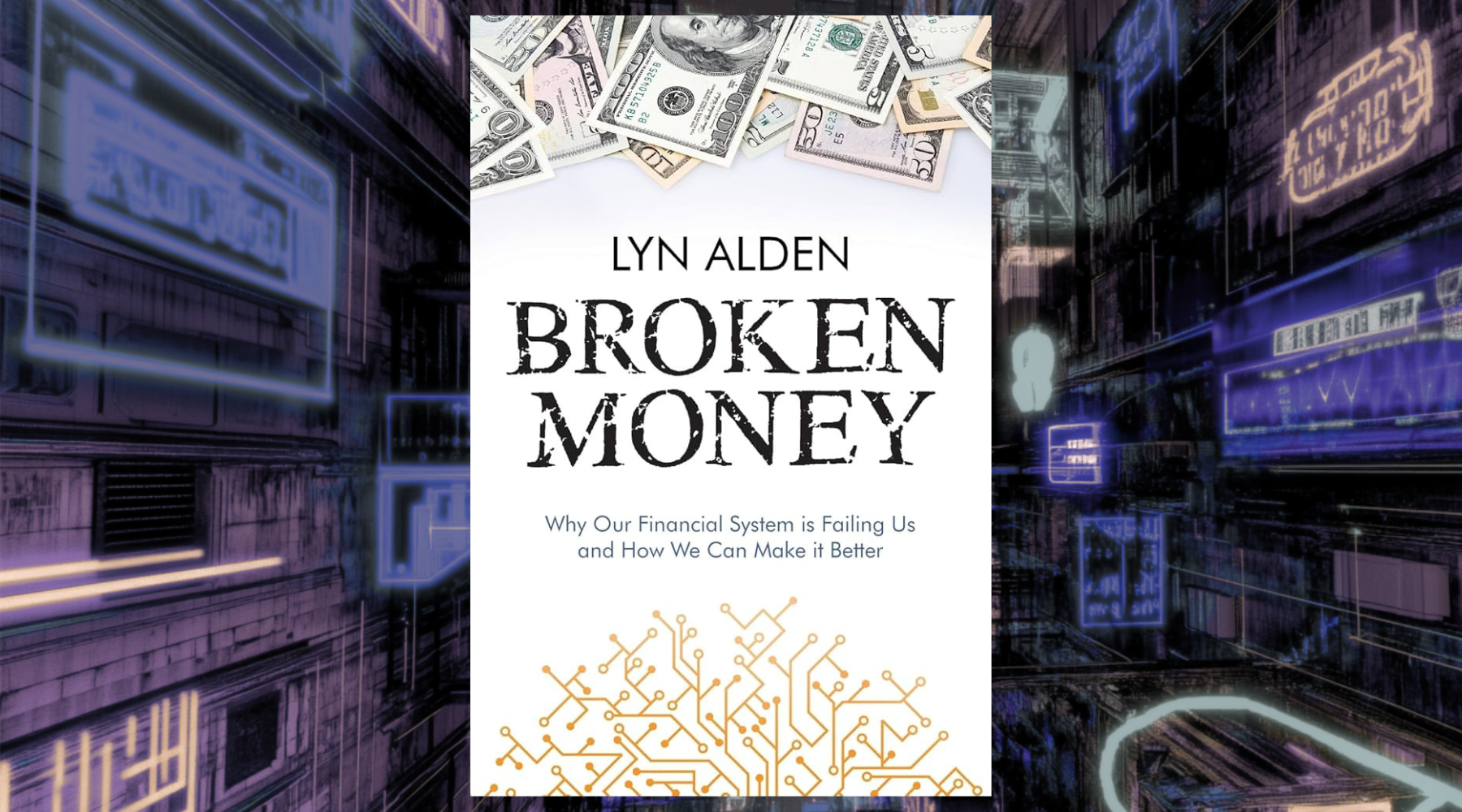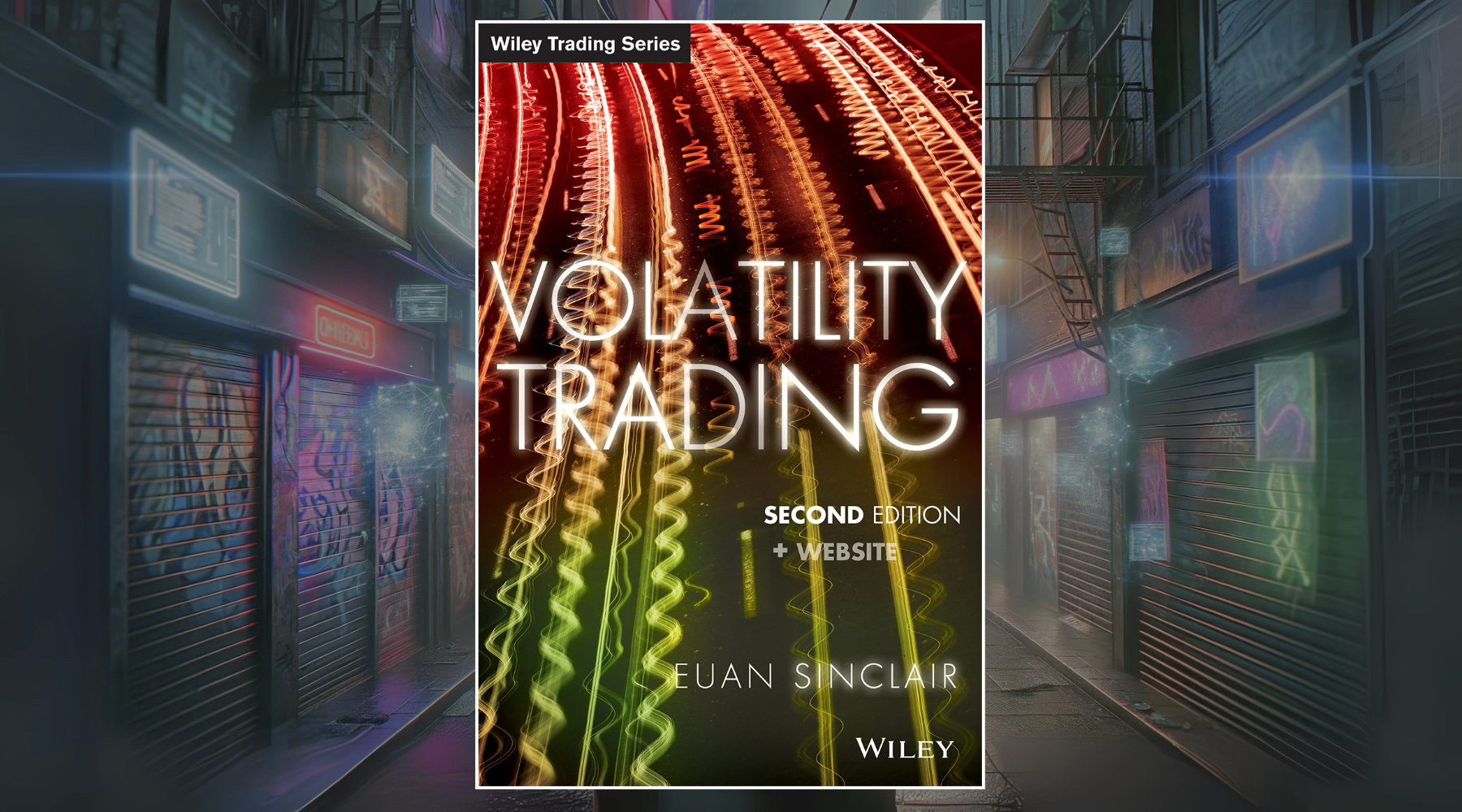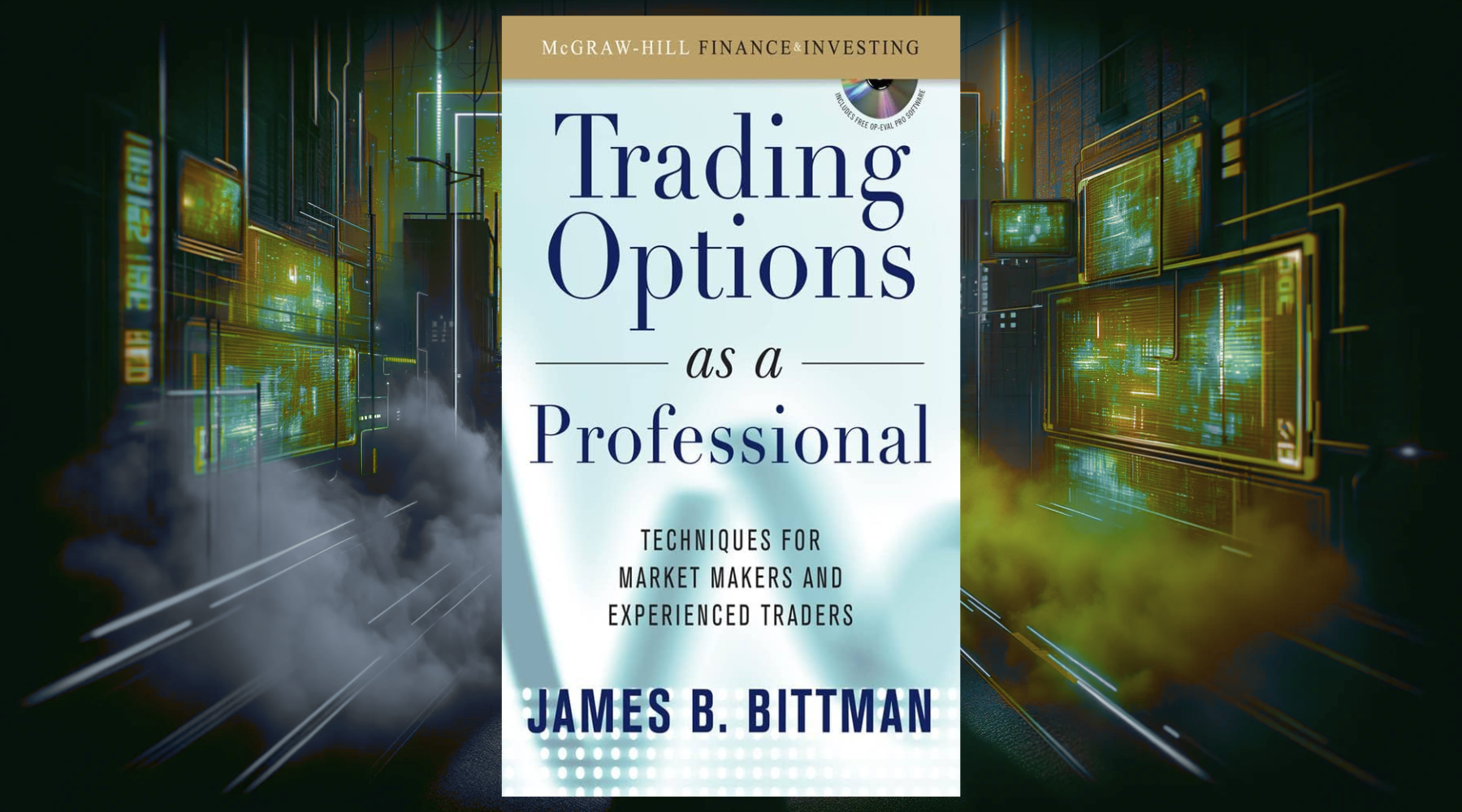My Breakdown of Capital by Karl Marx
Being such an important book, I knew I would eventually have to read this and try to break it down to simple terms that I would be able to come back to later on and be able to grasp without needing to reread the book. I can't really say I was impressed with this book, it felt more like a history book that I needed to read and understand than anything else. I remember someone saying that you can't really make a great case for or against Capitalism or Communism without first reading the actual source books for those schools of thought: Karl Marx's Das Kapital or John Adams The Wealth of Nations.
I've been told that Capital, with all 3 volumes, was a difficult read. It really wasn't too bad. Getting going was a bit difficult though because Chapter 1 really was the toughest part to read. After that, it started to flow a little better. It was pretty boring to read, and that's not a knock on Karl Marx, I just think he went too far into detail on topics that didn't need that much detail. Almost seemed like he was hyped up on speed and just started writing everything that came to mind.
If you've never read anything by Karl Marx before and are interested in learning about his thoughts, I'd recommend The Communist Manifesto. That's an easier to read, shorter, and more to the point book on his thoughts about economics.
Anyways, here's my short breakdown of each chapter summarizing the main topics talked about in these chapters. I used some help to organize and style the rest of this page.
Chapter 1: Commodities
Marx introduces the concept of commodities as the basic unit of capitalist economies. Each commodity has two essential aspects:
- Use-Value: The utility or practical use of a commodity.
- Exchange-Value: The value of a commodity when traded for others, determined by the labor required for its production.
"When commodities are exchanged, their exchange-value manifests itself as something totally independent of their use-value."
Marx explains that the value of commodities is tied to the socially necessary labor time for their production, highlighting the dual nature of labor in creating value.
Chapter 2: The Process of Exchange
In this chapter, Marx talks about the process of exchange and how commodities circulate in the market:
- Exchange as a Social Act: Exchange allows individuals to trade goods and access different use-values.
- Money as a Medium: Money facilitates exchange by serving as a universal equivalent, making it easier to compare and trade commodities.
Money's functions as a measure of value, a medium of exchange, and a store of value are crucial in the circulation of commodities.
Chapter 3: Money, or the Circulation of Commodities
Marx examines the role of money in the circulation of commodities:
- Functions of Money: Money serves as a measure of value, a medium of exchange, a store of value, and a means of payment.
- Circulation Process: Money moves through the economy, facilitating the exchange of goods and influencing prices.
Money's circulation is essential for maintaining the flow of commodities in the capitalist system, acting as a universal measure and medium for exchange.
Chapter 4: The Transformation of Money into Capital
Marx explains how money transforms into capital:
- Capital: Money becomes capital when used to buy labor power and means of production to generate profit.
- Surplus Value: The difference between initial investment and return, indicating profit.
Capitalists invest money in commodities and labor to create surplus value, which is the source of profit.
Chapter 5: The Production of Surplus Value
Marx examines the production of surplus value:
- Labor Power: Workers sell their labor, creating goods valued more than their wages.
- Exploitation of Labor: Capitalists extract surplus value by paying workers less than the value of their output.
Surplus value is generated by the difference between the value created by labor and the wages paid to workers.
Chapter 6: The Buying and Selling of Labor-Power
Marx discusses the exchange of labor-power:
- Labor Market: Workers sell their labor-power in exchange for wages to survive.
- Wage Relation: Wages represent the value of labor-power, not the total value produced by the worker.
The labor market facilitates the buying and selling of labor-power, crucial for the capitalist production process.
Chapter 7: The Labor Process and the Valorization Process
Marx outlines the labor and valorization process:
- Labor Process: Converts raw materials into products with use-value.
- Valorization Process: Enhances the value of products, creating surplus value.
Through labor, raw materials are transformed into products, which gain surplus value in the valorization process.
Chapter 8: Constant Capital and Variable Capital
Marx distinguishes between constant and variable capital:
- Constant Capital: Investments in means of production that transfer value to the product.
- Variable Capital: Investments in labor that create new value and surplus value.
Constant capital maintains value, while variable capital generates new value through labor.
Chapter 9: The Rate of Surplus Value
Marx explains the rate of surplus value:
- Rate of Surplus Value: The ratio of surplus value to variable capital, indicating labor exploitation.
- Working Day: Extending work hours increases surplus value by producing more without proportional wage increases.
The rate of surplus value measures the exploitation of labor by comparing surplus value to wages.
Chapter 10: The Working Day
Marx examines the working day and its implications for surplus value:
- Limits: The working day has natural and social limits, balancing rest and work.
- Struggle: Workers and capitalists conflict over the length of the working day.
The length of the working day is a point of contention between workers seeking shorter hours and capitalists seeking longer ones for greater profit.
Chapter 11: The Rate and Mass of Surplus Value
Marx discusses the rate and mass of surplus value:
- Rate: Influenced by labor intensity and working hours.
- Mass: Depends on the rate of surplus value and the number of workers.
The total amount of surplus value generated is affected by the rate of surplus value and the scale of employment.
Chapter 12: The Concept of Relative Surplus Value
Marx introduces relative surplus value:
- Increasing Productivity: Enhancing productivity lowers the value of labor, increasing surplus value.
- Technological Innovations: New technologies reduce the time needed to produce goods, generating more surplus value.
Relative surplus value is increased by reducing the value of labor through productivity gains and technological advancements.
Chapter 13: Cooperation
Marx explores cooperation in production:
- Collaborative Labor: Workers cooperating in production increases efficiency and output.
- Large-Scale Production: Enhances productivity through economies of scale.
Cooperation among workers leads to greater efficiency and productivity in production.
Chapter 14: The Division of Labor and Manufacture
Marx discusses the division of labor:
- Specialization: Breaking production into smaller tasks increases efficiency.
- Manufacture: Centralized production under capitalist control increases productivity.
The division of labor allows for specialization and efficiency, enhancing productivity in manufacture.
Chapter 15: Machinery and Modern Industry
Marx examines the role of machinery and industry:
- Machinery: Increases productivity and reduces the need for skilled labor.
- Impact on Workers: Leads to job displacement and de-skilling of labor.
Machinery revolutionizes production but can negatively impact workers by reducing the need for skilled labor and increasing exploitation.
Chapter 16: Absolute and Relative Surplus Value
Marx contrasts absolute and relative surplus value:
- Absolute Surplus Value: Increased by extending work hours.
- Relative Surplus Value: Increased by improving productivity through technology.
Absolute surplus value is increased by longer work hours, while relative surplus value is boosted by enhancing productivity.
Chapter 17: Changes of Magnitude in the Price of Labor-Power and Surplus Value
Marx examines how wage changes affect surplus value:
- Factors Affecting Wages: Wages fluctuate based on productivity and cost of living.
- Impact on Surplus Value: Changes in wages influence the amount of surplus value extracted.
Fluctuations in wages impact the amount of surplus value generated, influencing overall profit levels.
Chapter 18: Different Forms of the Relative Surplus Value
Marx discusses forms of relative surplus value:
- Intensification of Labor: Increasing work intensity within the same hours boosts productivity.
- Economies of Scale: Larger production scales reduce costs, increasing surplus value.
Relative surplus value can be increased through more intense labor and cost reductions from economies of scale.
Chapter 19: The Transformation of the Value (and Respectively the Price) of Labor-Power into Wages
Marx explains how labor-power value becomes wages:
- Nominal Wages: The amount of money paid for labor.
- Real Wages: The purchasing power of wages.
Wages represent the value of labor-power, reflecting the cost of maintaining the worker's ability to work.
Chapter 20: Time-Wages and Piece-Wages
Marx contrasts time-wages and piece-wages:
- Time-Wages: Paid based on hours worked, not output.
- Piece-Wages: Paid based on output, incentivizing productivity.
Time-wages are based on hours worked, while piece-wages are tied to output, encouraging higher productivity.
Chapter 21: National Differences in Wages
Marx explores wage differences between countries:
- Factors Influencing Wages: Wages vary due to productivity, living costs, and economic conditions.
- Global Impact: Wage disparities affect international trade and economic development.
National wage differences influence global economic dynamics and labor distribution.
Chapter 22: Simple Reproduction
Marx outlines simple reproduction:
- Maintenance of Capital: Surplus value is used to sustain existing capital.
- Labor's Role: Workers reproduce their labor power by buying necessities, continuing the production cycle.
Simple reproduction involves using surplus value to maintain capital and perpetuate the production cycle.
Chapter 23: The General Law of Capitalist Accumulation
Marx describes the law of capitalist accumulation:
- Accumulation of Capital: Reinvestment of surplus value expands production and capital.
- Concentration of Wealth: Wealth concentrates in fewer hands, increasing inequality.
Capitalist accumulation leads to wealth concentration and a polarized society with significant inequality.
Chapter 24: Conversion of Surplus-Value into Capital
Marx explains the conversion of surplus value into capital:
- Reinvestment: Surplus value reinvested to expand production.
- Expanded Reproduction: Ongoing reinvestment leads to continuous capital growth.
Surplus value is converted into capital through reinvestment, driving ongoing capital accumulation.
Chapter 25: The General Law of Capitalist Accumulation
Marx examines the effects of capitalist accumulation:
- Wealth Concentration: Wealth becomes concentrated, increasing social inequality.
- Reserve Army of Labor: Unemployment creates a surplus labor force, depressing wages.
Capitalist accumulation results in wealth concentration and a reserve labor force, exacerbating inequality.
Chapter 26: The Secret of Primitive Accumulation
Marx reveals the secret of primitive accumulation:
- Expropriation: Peasants and small producers were separated from their means of production.
- Capital Formation: This allowed capitalists to accumulate the initial capital for production.
Primitive accumulation involved expropriating producers, enabling the formation of initial capital for capitalist production.
Chapter 27: The Expropriation of the Agricultural Population from the Land
Marx discusses the expropriation of peasants:
- Enclosure Movements: Displaced rural populations, forcing them into wage labor.
- Urbanization: Led to the growth of cities and the development of a wage-based economy.
The expropriation of peasants facilitated urbanization and the rise of a capitalist economy based on wage labor.
Chapter 28: Bloody Legislation Against the Expropriated
Marx examines repressive legislation:
- Vagrancy Laws: Punished the landless and forced them into wage labor.
- Labor Force Creation: Ensured a steady supply of labor for capitalist industries.
Repressive laws ensured the availability of labor for emerging capitalist industries by penalizing the landless.
Chapter 29: Genesis of the Capitalist Farmer
Marx explores the rise of the capitalist farmer:
- Capitalist Farming: Introduced practices that increased agricultural productivity and profitability.
- Labor Transformation: Small farmers became wage laborers on capitalist farms.
The rise of capitalist farming transformed agriculture and displaced small farmers, who became wage laborers.
Chapter 30: Impact of Colonization on Primitive Accumulation
Marx discusses colonization:
- Exploitation of Colonies: Provided new resources and markets, accelerating capital accumulation.
- Global Impact: Contributed to the development of European capitalism and the underdevelopment of colonized regions.
Colonization accelerated capital accumulation and had profound impacts on both European economies and colonized regions.








Leave a comment
This site is protected by hCaptcha and the hCaptcha Privacy Policy and Terms of Service apply.